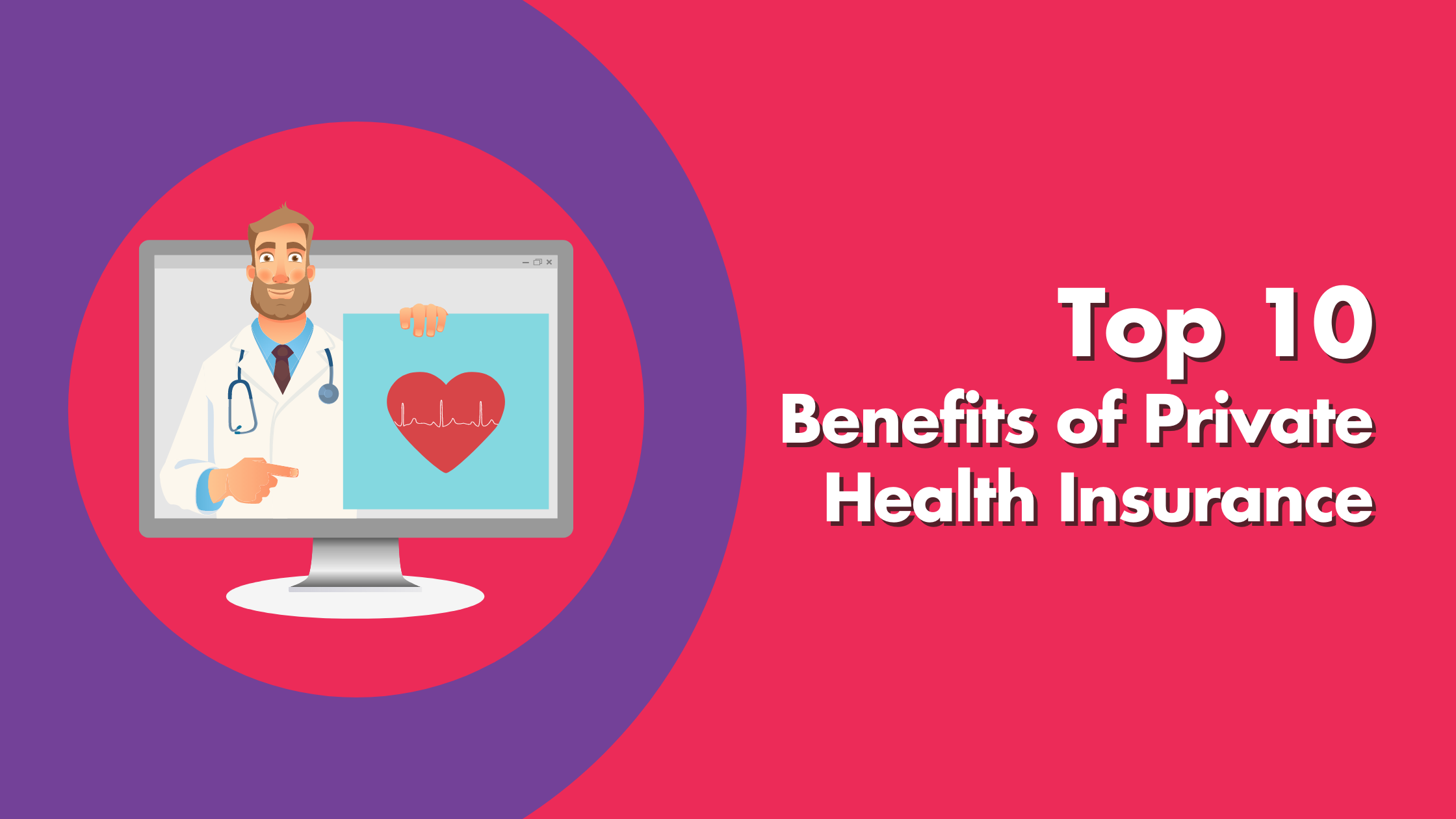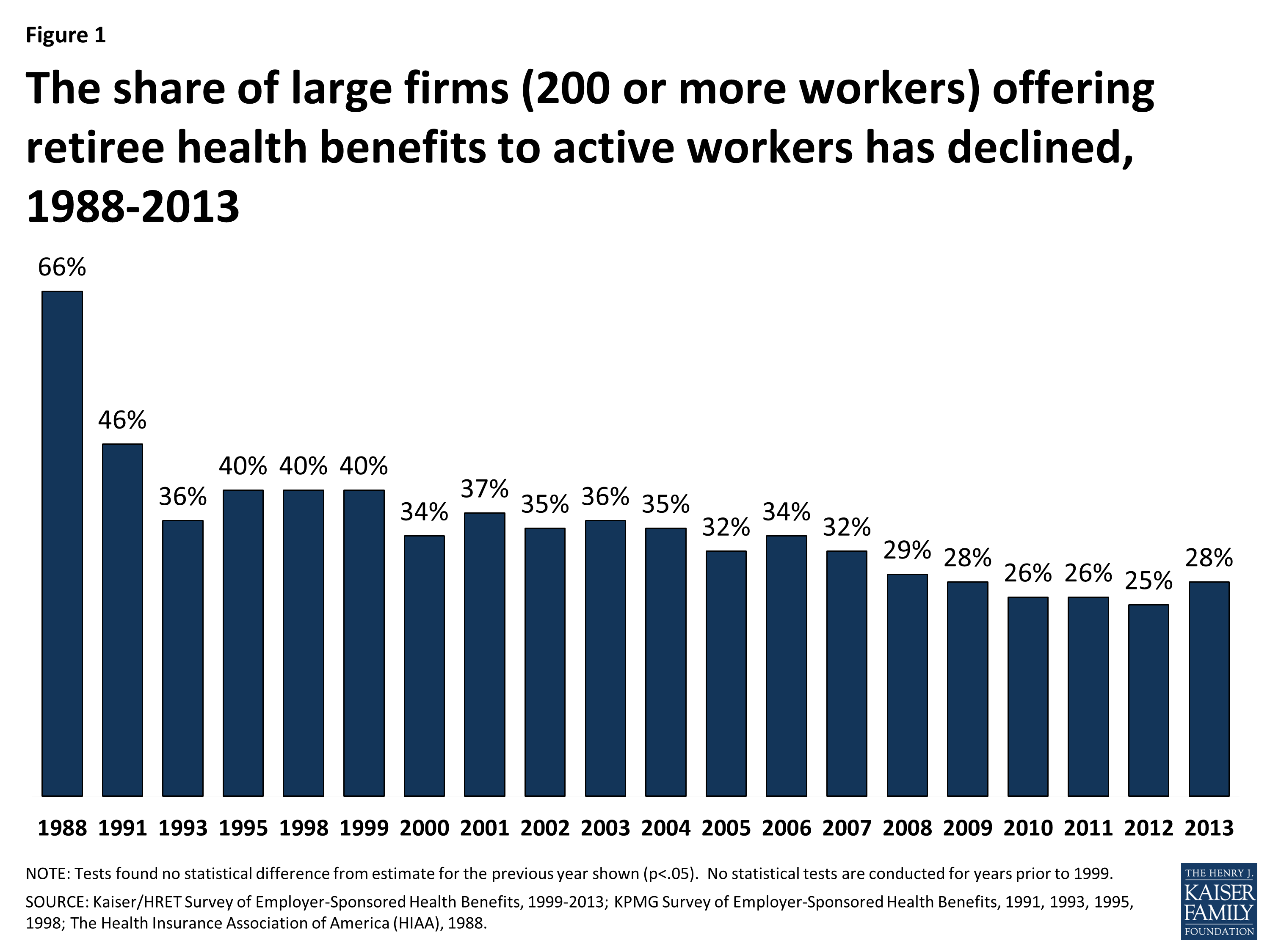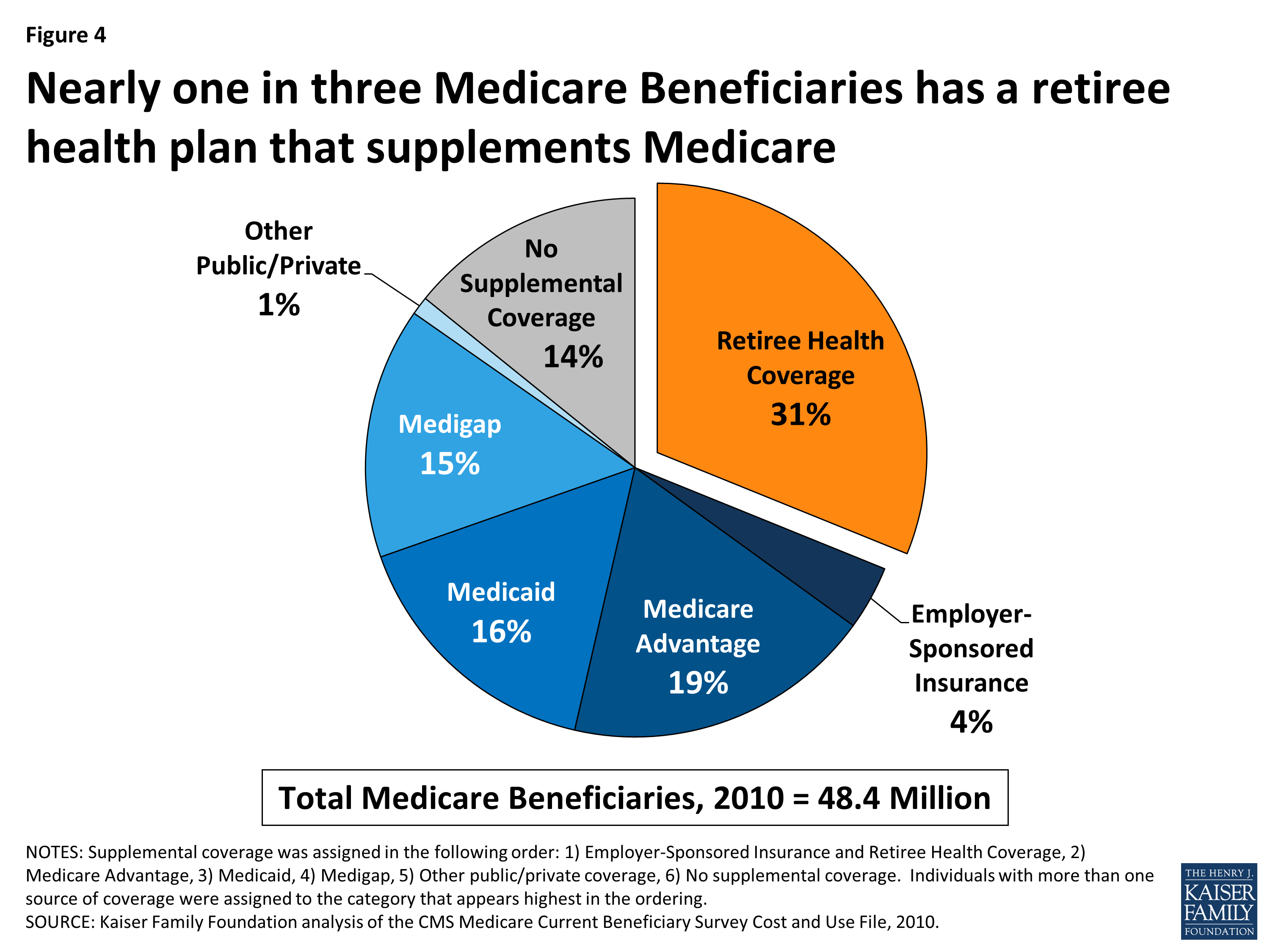Medicare Advantage Agent Things To Know Before You Buy
Medicare Advantage Agent Things To Know Before You Buy
Blog Article
The Only Guide to Medicare Advantage Agent
Table of ContentsOur Medicare Advantage Agent PDFsThings about Medicare Advantage AgentA Biased View of Medicare Advantage Agent

complies with from confusing the reasonably young age account of the uninsured with the far better health and wellness, usually, of more youthful persons. This covers the web link between wellness standing and medical insurance. For those without accessibility to work environment medical insurance, poor wellness is a prospective obstacle to buying nongroup insurance coverage due to the fact that such insurance coverage may be highly valued, exclude preexisting problems, or be simply inaccessible. The number of uninsured Americans is not specifically large and has actually not changed recently. 7 out of 10 respondents in an across the country representative study assumed that fewer Americans did not have health insurance policy than actually do(Fronstin, 1998). Approximately fifty percent(47 percent )believed that the number of individuals without health insurance coverage lowered or remained continuous over the latter fifty percent of the last decade(Blendon et al., 1999). This drop of virtually 2 million in the number of people 'without insurance policy (a reduction
of about 4 percent)is absolutely a positive modification. With a softer economy in 2000 the most recent reported gains in insurance protection may not continue(Fronstin, 2001 ). The decrease in the number of without insurance will not continue if the economy stays sluggish and wellness care prices continue to outmatch rising cost of living. This is because the data were gathered for a period of strong economic performance. Of the estimated 42 million individuals that were without insurance, all yet about 420,000(about 1 percent)were under 65 years of age, the age at which most Americans end up being eligible for Medicare; 32 million were grownups in between ages 18 and 65, around 19 percent of all adults in this age; and 10 million were kids under 18 years of age, regarding 13.9 percent of all kids (Mills, 2000). These quotes of the variety of individuals without insurance are created from the yearly March Supplement to the Existing Populace Study (CPS), carried out by the Demographics Bureau. Unless or else noted, national price quotes of people without medical insurance and proportions of the populace with various sort of insurance coverage are based upon the CPS, one of the most commonly utilized resource of price quotes of insurance policy protection and uninsurance rates. These surveys and the estimates they yield are defined briefly in Table B. 1 in Appendix B - Medicare Advantage Agent. These studies differ in dimension and tasting techniques, the questions that are inquired about insurance
Excitement About Medicare Advantage Agent
coverage, and the moment period over which insurance policy coverage or uninsurance is gauged(Lewis et al., 1998, Fronstin, 2000a ). Still, the CPS is specifically beneficial since it produces annual estimates reasonably quickly, reporting the previous year's insurance protection estimates each September, and because it is the basis for a consistent set of quotes for more than twenty years, enabling analysis of patterns in insurance coverage over time.

10 Simple Techniques For Medicare Advantage Agent
Over a three-year duration beginning early in 1993, 72 million people, 29 percent of the united state population, lacked protection for a minimum of one month. Within a single year(1994), 53 million individuals experienced at least a month without protection(Bennefield, 1998a). 6 out of every ten uninsured adults are themselves utilized. Functioning does improve the probability that one and one's family participants will have insurance policy, it is not an assurance. Also members of family members with two permanent wage earners have virtually a one-in-ten possibility of being without insurance (9.1 percent uninsured price)(Hoffman and Pohl, 2000 ). The relationship between wellness insurance coverage and accessibility to care is well developed, as recorded later in this phase. The relationship between health insurance and health and wellness end results is neither straight neither simple, a substantial clinical and health services research study literary works web links wellness insurance policy protection
to improved access to care, better far better, and improved enhanced individual population health statusCondition The second record, on individual health and wellness results for uninsured adults, is stood for by the inner circle of the figure, while the third record, on family health, incorporates the topics of the second report yet highlights a different device of evaluation, specifically, the family. The sixth record in the series will certainly provide info about techniques and initiatives undertaken in your area, statewide, or across the country to attend to the lack of insurance and its damaging effects. Levels of evaluation for checking out the impacts of uninsurance. This discussion of medical insurance coverage focuses largely on the united state populace under age 65 since basically all Americans 65 and older have Medicare or other public insurance coverage.
It concentrates especially on those without any kind of health insurance for any type of length of time. The troubles encountered by the underinsured remain in some areas comparable to those encountered by the uninsured, although they are generally less severe. Uninsurance and underinsurance, however, involve distinctly different policy issues, and the strategies for addressing them may vary. Throughout website here this research and the 5 records to comply with, the primary focus is on persons with no health insurance coverage and therefore no support in paying for healthcare Learn More past what is readily available via charity and safeguard establishments. Wellness insurance policy is an effective variable influencing invoice of treatment due to the fact that both patients and physicians reply to the out-of-pocket rate of services. Medical insurance, nevertheless, is neither required nor enough to get to medical solutions. Nevertheless, the independent and direct result of health and wellness
insurance protection on accessibility to health solutions is well developed. Others will certainly acquire the health treatment they need also without medical insurance, by spending for it out of pocket or seeking it from service providers that use care cost-free or at extremely subsidized rates. For still others, health and wellness insurance alone does not make certain receipt of treatment as a result of various other nonfinancial barriers, such as an absence of health treatment companies in their community, restricted access to transport, illiteracy, or etymological and cultural distinctions. Formal research concerning uninsured populations in the USA dates to the late 1920s and early 1930s when the Committee on the Cost of Treatment generated a series of records about funding physician office visits and hospital stays. This issue ended up being significant as the numbers of medically indigent climbed during the Great Clinical depression. Empirical studies continually support the link between access to care and boosted health outcomes(Bindman et al., 1995; Starfield, 1995 ). Having a routine resource of treatment can be taken into consideration a forecaster try this out of access, instead of a direct procedure of it, when wellness outcomes are themselves used as gain access to indications. This expansion of the idea of accessibility measurement was made by the IOM Committee on Checking Access to Personal Health And Wellness Care Provider(Millman, 1993, p. Whether moms and dads are insured shows up to influence whether their kids obtain treatment along with just how much careeven if the children themselves have coverage(Hanson, 1998). The health of parents can affect their capacity to look after their youngsters and the degree of household anxiety. Fretting about their kids's access to care is itself a source of stress for parents. 3 phases adhere to in this record. Chapter 2 provides a summary of exactly how employment-based medical insurance, public programs and specific insurance coverage operate and interact to provide extensive however incomplete coverage of the united state populace. This includes a review of historic fads and public policies affecting both public and exclusive insurance policy, a conversation of the interactions amongst the different kinds of insurance policy, and an evaluation of why individuals relocate from one program to one more or end up

Report this page